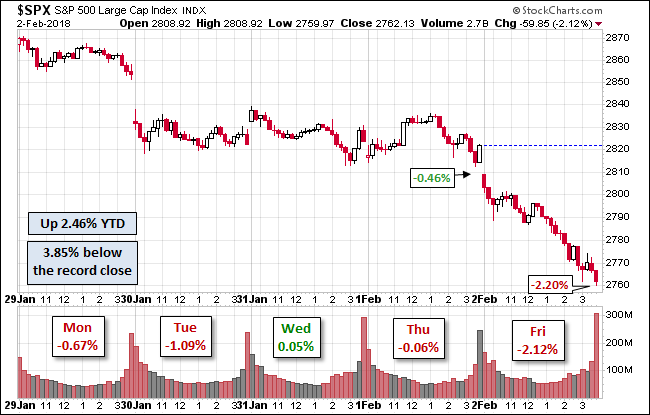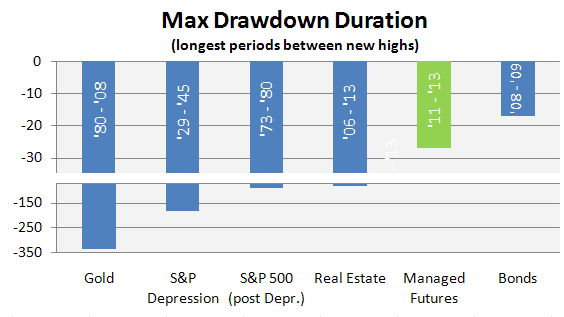

That's troubling because the EU bans on Russian crude and refined product imports set to take effect in December and February, respectively, will result in Russian supply losses of up to 2 million barrels a day. With U.S.-Saudi relations in the throes of a crisis, you can bet that the threshold for OPEC-plus to use that spare capacity has increased. OPEC-plus will now factor further SPR releases into its supply management decisions. But having that spare capacity means nothing unless the Saudi-led group is willing to use it. The cartel restored ample spare capacity of around 3 million barrels a day after it decided to make the big supply cut earlier this month.

producers as they consider new investments, but in reality, his plan adds risk to the global oil market.īecause it further antagonizes Saudi Arabia and the OPEC-plus group, which holds the spare production capacity required to manage supply and demand within the oil market.īefore this latest sale, OPEC-plus was already fed up with SPR releases and other market interventions by the United States and European Union, including a G7 "price cap" on Russian oil sales. Backwardation indicates a very tight supply market, which dissuades producers from hedging for fear of leaving money on the table by locking into below-market rates.īiden thinks he is setting a floor for U.S. The oil market structure is in "backwardation," a condition where prices further out in the future are lower than the price for immediate delivery. benchmark crude West Texas Intermediate (WTI) does not signal a drop to $70 until mid-2024. Moreover, the oil futures market's current structure is sending producers signals that locking into a fixed contract of $70 in the future is a bad idea – even with demand concerns about a coming recession. The buyback plan will have a limited impact on producers' investment decisions, driven mainly by investor demands for cash returns. In fact, drawing down the SPR will weaken America's energy security and exacerbate an energy crisis already threatening the global economy. Unfortunately, tapping further into America's emergency stockpile won't work. The Biden administration is again looking to the Strategic Petroleum Reserve (SPR) to tame rising oil prices. This material may not be published, broadcast, rewritten or redistributed. A SPR worker checks the valves and pipes on the pipeline that connects the terminal with the long-term SPR storage sites and a cross-country distribution pipeline. Strategic Petroleum Reserve (SPR), which is the largest stockpile of crude oil in the world, developed to diminish the impact of oil disruption emergencies. Energy owned site located southwest of Baton Rouge, La., on the Mississippi River, is shown in 1990. James Terminal, a marine unloading and distribution point for crude oil, a U.S.


 0 kommentar(er)
0 kommentar(er)
